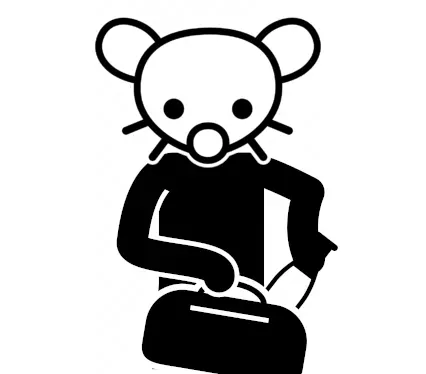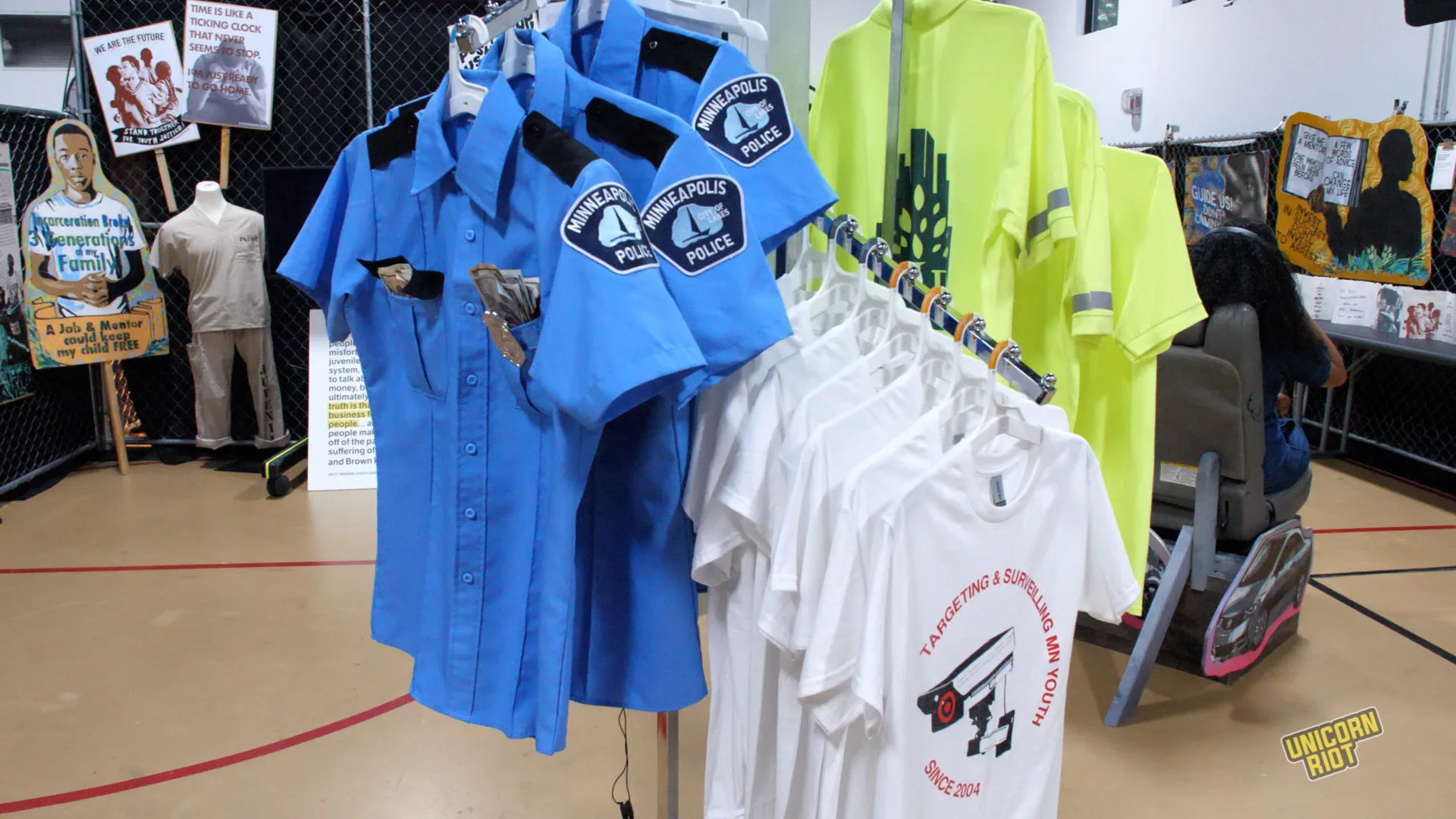- cross-posted to:
- minnesota@midwest.social
- cross-posted to:
- minnesota@midwest.social
Excerpt:
How Target Helps Drive Youth Incarceration
The exhibit was inspired by Unicorn Riot’s reporting on Target’s SafeZone surveillance program created in 2004, and the Downtown 100 (DT100) program created in 2010. Through the SafeZone surveillance system, Minneapolis police and the DID staff monitor Target-donated surveillance cameras in efforts to crack down on “lifestyle” offenses: shoplifting, panhandling, vagrancy.
The DT100 was a quarterly list of 100 names of youths, nearly all of them Black, who frequented downtown Minneapolis and had the most police contacts. Target surveillance has been used to prosecute youths on the DT100 for minor infractions that typically don’t cross the threshold for criminal offenses. Near the shirt rack in the showroom was a pair of headphones where visitors could listen to a song created by youths on the DT100 called Keep It 1hunnit. “They got 100 people that they keep on the list, 100 laws to be followed, 100 tickets to give,” raps Batmn da Kyd, a Minneapolis based hip-hop artist who was formerly on the DT100.
The over policing of young people on the DT100 pushed many youths in need of housing and resources into the criminal justice system. While the list in its original form no longer exists, the harm it caused in communities across the Twin Cities has lasting effects. Demands from Target by community members were listed on a corkboard hanging on the retail rack next to the police uniforms.


